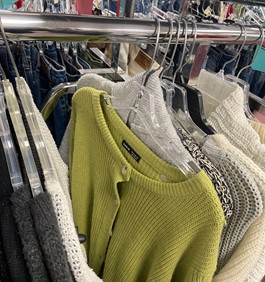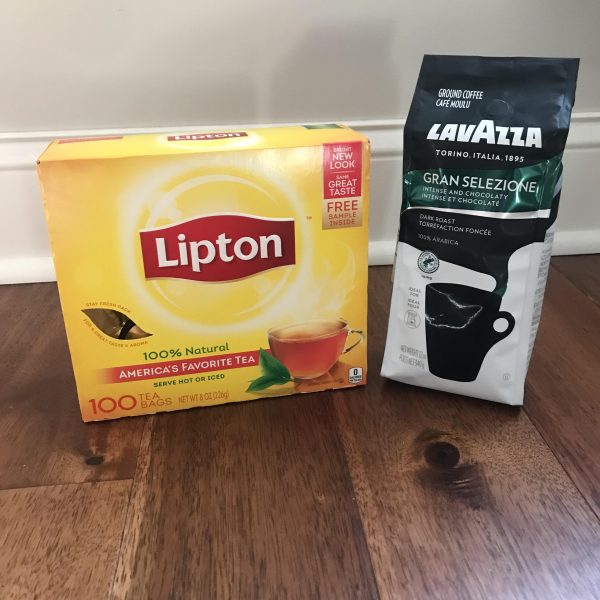Why It’s Important to Know Where Your Clothes Come From

Fast fashion brand found in local thrift store
The disregard for the harm of the fast fashion industry needs to be acknowledged and dealt with. Most people’s wardrobes today consist of brands like Shein, Urban Outfitters, H&M, or Adidas because of how affordable they are. The reason for this is not just because of the low-quality fabric, but because these brands exploit factory workers for extremely low pay. In sweatshops today, workers are paid six to seven cents per garment they make, adding to about $300 per paycheck. Workers endure 70-hour work weeks, meaning that 85 percent earn less than minimum wage even when working 30 more hours than the average American.
A woman posted to her Facebook account with concern about a hand-written message included in her package. The quote read, “Forced to work exhausting hours.” Sadly but not surprisingly, the majority of people responded by saying they believed it was a hoax. Buyers often look past the negatives of fast fashion for their convenience. Brands strategically target the demographic of teenagers for this reason. With part-time income and a constantly changing trend cycle, teenagers shop fast fashion for cheaper prices. This feeds the industry, especially the popular clothing brand “Shein” which has 43.7 million active buyers worldwide. As someone who has fallen into the target demographic and regularly buys from unethical companies.
Pennridge student Allison O’Mara never saw the issue, “I can buy more clothes for such a cheap price and it always comes in the mail very fast.” O’Mara summarized the exact reason why so many people shop for fast fashion. It’s convenient, cheap, and offers instant gratification. There also aren’t many options for teens who can’t afford to spend their paychecks on clothes. However, Sustainable Fashion Club advisor and teacher at Pennridge High School, Rachel Hoffman, offers some easy ways to shop ethically, “I would suggest thrifting. It is one of the easiest ways to save money and shop sustainably.” Thrifting isn’t only fun, but it’s environmentally friendly. Other ways to shop sustainably can be as simple as researching a clothing brand or even choosing quality or quantity. Next time you are shopping, take the time to think about where the clothes are coming from and how they are being made. It can make a great impact on this perpetual issue.
Hannah Oaten, Grade 12. Interests/hobbies include listening to music, thrifting, hanging out with friends, vinyl collecting, and traveling. Hannah hopes...









